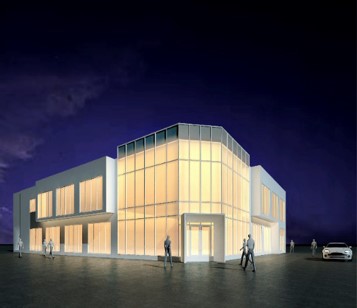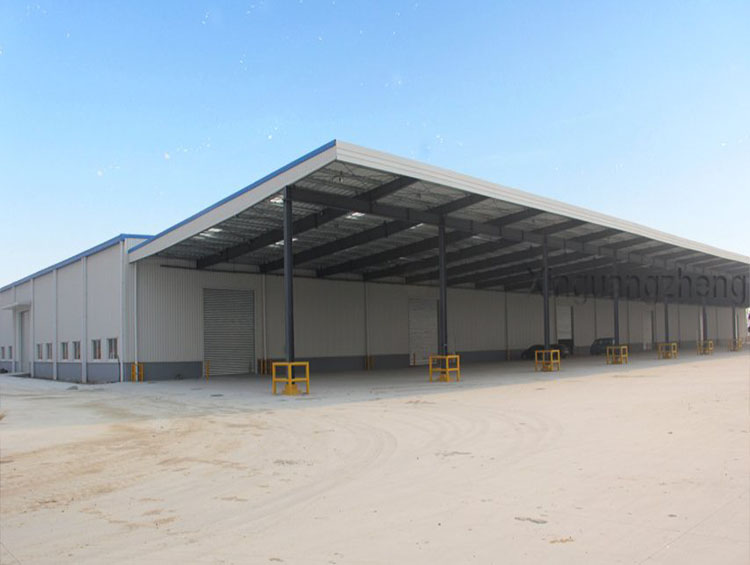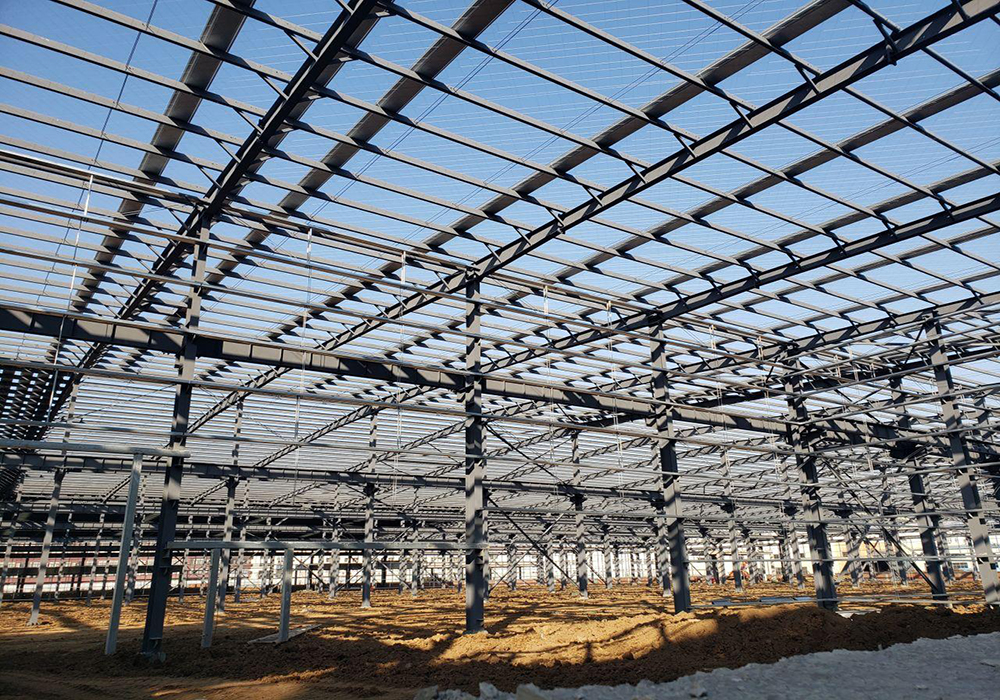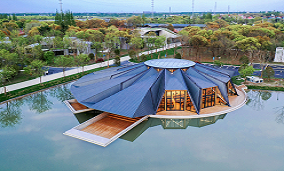Lifespan of Steel-Structured Houses

Although the development of steel-structured housing in China is still relatively short, initially, steel-structured houses were only used as temporary buildings in our country. Steel-structured houses have played a significant role in post-earthquake reconstruction in disaster areas, and their excellent performance has attracted much attention. Therefore, steel-structured houses have rapidly gained popularity due to their earthquake-resistant capabilities. Furthermore, with the advancement of national energy-saving policies, as well as the high lifespan and quality performance of steel-structured houses, they have gradually garnered more attention.
Especially in recent years, there has been rapid development, with an increasing number of steel-structured buildings. However, brick-concrete structures are still predominant. Therefore, many people often inquire about the lifespan of steel structures when consulting.
Advantages of Steel-Structured Houses:
1.Mass Industrialized Production with High Component Accuracy:
The various components used in steel-structured houses are produced through unified industrial processes, resulting in high component accuracy. During construction, these components can be connected using bolts, generally avoiding any mismatches.
2.Lightweight with Strong Load-Bearing Capacity:
While traditional brick-concrete structures have strong load-bearing capacity, they are also very heavy. Steel-structured houses have similar load-bearing capacity to brick-concrete structures but are much lighter, facilitating easier construction.

3.Good Ductility and Excellent Wind and Earthquake Resistance:
The components used in steel-structured houses exhibit good ductility and uniform stress distribution, preventing sudden fractures. Moreover, steel structures have strong adaptability to various environments and better wind and earthquake resistance.
4.Convenient Construction and Environmental Friendliness:
Conventional houses require processes such as batching and watering during construction, consuming significant manpower and time. Steel-structured houses only require professional construction teams for on-site assembly. Additionally, steel structures use new materials to replace traditional cement, sand, etc., conserving resources and being more environmentally friendly.

5.Aesthetic Appearance and High Usable Floor Area Ratio:
In steel-structured housing systems, structural components can easily achieve various complex shapes, meeting the needs of diverse architectural styles. The high-end and diverse architectural appearances are highly praised.
6.High Efficiency and Rapid Construction:
Production, logistics, installation, and quality control are all standardized, particularly highlighting the advantage of high efficiency. All dry operations are not affected by seasonal environmental factors. For a 300-square-meter building, the entire process from foundation construction to main decoration can be completed by five workers in 30 working days, significantly shortening the installation cycle compared to traditional buildings.

Generally, the lifespan of steel-structured houses ranges between 50 to 80 years, specifically determined by actual usage conditions. With proper corrosion and fire prevention measures and good maintenance, a lifespan of a century is not a dream.



